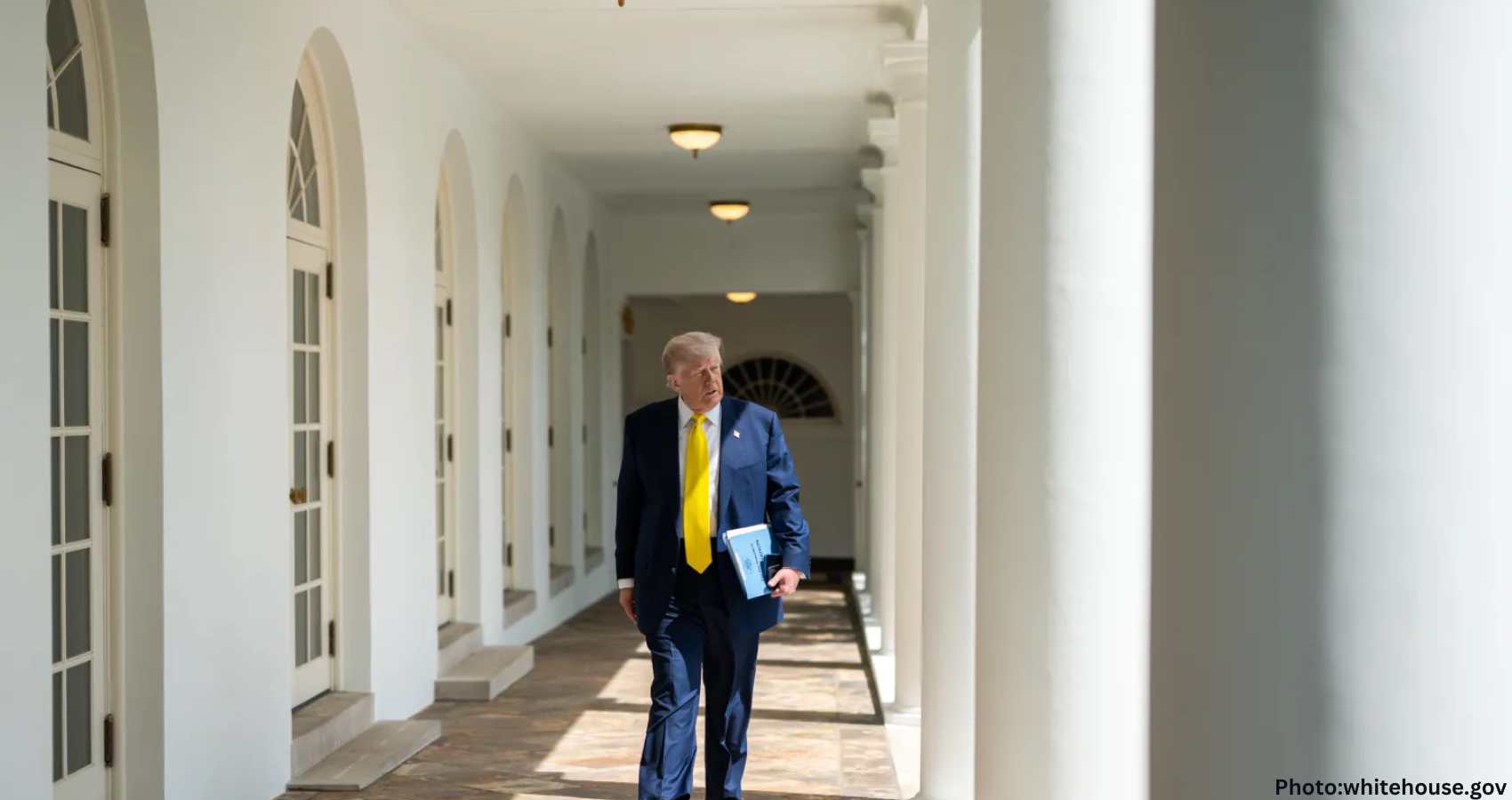The Trump administration is exploring the privatization of parts of the $1.6 trillion federal student loan portfolio, raising concerns about borrower protections and repayment terms.
The Trump administration is considering options to privatize portions of the federal government’s substantial student loan portfolio, which currently stands at $1.6 trillion. This initiative could significantly alter the landscape of student loan management in the United States.
According to sources familiar with the discussions, senior officials from both the Education Department and the Treasury Department are engaged in talks about potentially selling high-performing segments of the federal student loan portfolio. This portfolio is owed by approximately 45 million Americans, and the administration aims to ensure the long-term health of the loans for the benefit of both students and taxpayers.
A senior administration official stated, “The Trump administration is committed to analyzing all aspects of the federal student loan portfolio. Unlike the previous administration, we are focused on ensuring the long-term health of the portfolio for the benefit of both students and taxpayers.”
However, not everyone is optimistic about the potential outcomes of such a move. Eileen Connor, executive director of the Project on Predatory Student Lending, expressed skepticism regarding the administration’s ability to structure a deal that would benefit both taxpayers and borrowers. “The only way for it to make economic sense is to structure the deal in a way that really short-changes borrowers,” she noted.
Connor highlighted that much of the value of federal student debt stems from unique powers that private entities do not possess. These include the ability to collect on loans indefinitely, garnish Social Security benefits and tax refunds, and enjoy broad immunity from lawsuits if the government mishandles borrowers’ debts.
As of late 2025, the total student loan debt in the United States has reached approximately $1.8 trillion, making it one of the largest sources of personal debt in the country. Of this, around $1.66 trillion consists of federal student loans held by over 42 million borrowers. The average federal student loan debt per borrower is roughly $39,000, with many individuals also carrying private loans that exacerbate their financial burdens.
The demographic most affected by this debt is individuals aged 35 to 49, who collectively owe about $570 billion. Additionally, borrowers over the age of 50 are increasingly facing serious repayment challenges. Delinquency rates have surged, exceeding 8% in early 2025, indicating a growing difficulty in meeting loan obligations.
In response to these challenges, the current administration has resumed student loan forgiveness programs under Income-Based Repayment, aiming to alleviate some of the financial pressure on borrowers. However, the potential sale of federal loans to private investors raises significant concerns about the future of loan management and repayment terms.
The rising delinquency rates underscore the repayment challenges many borrowers face. While the resumption of loan forgiveness programs provides some relief, the introduction of privatization could create uncertainty regarding future protections and repayment conditions for borrowers.
As discussions continue, the implications of privatizing parts of the federal student loan portfolio remain to be seen. Stakeholders are closely monitoring these developments, as they could have lasting effects on millions of borrowers across the nation.
Source: Original article

